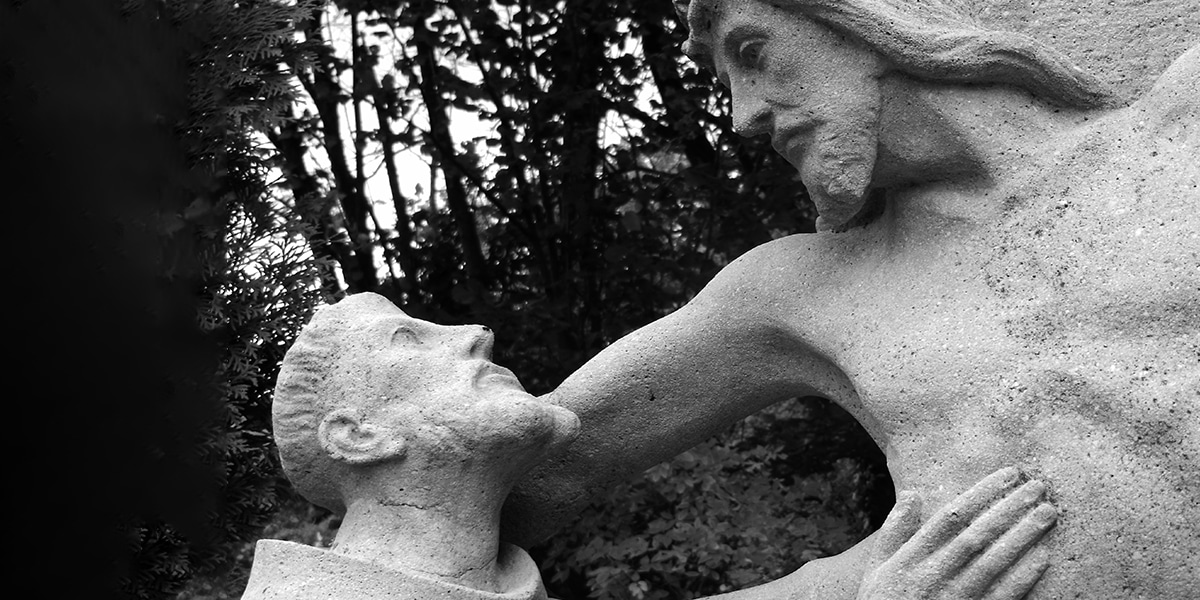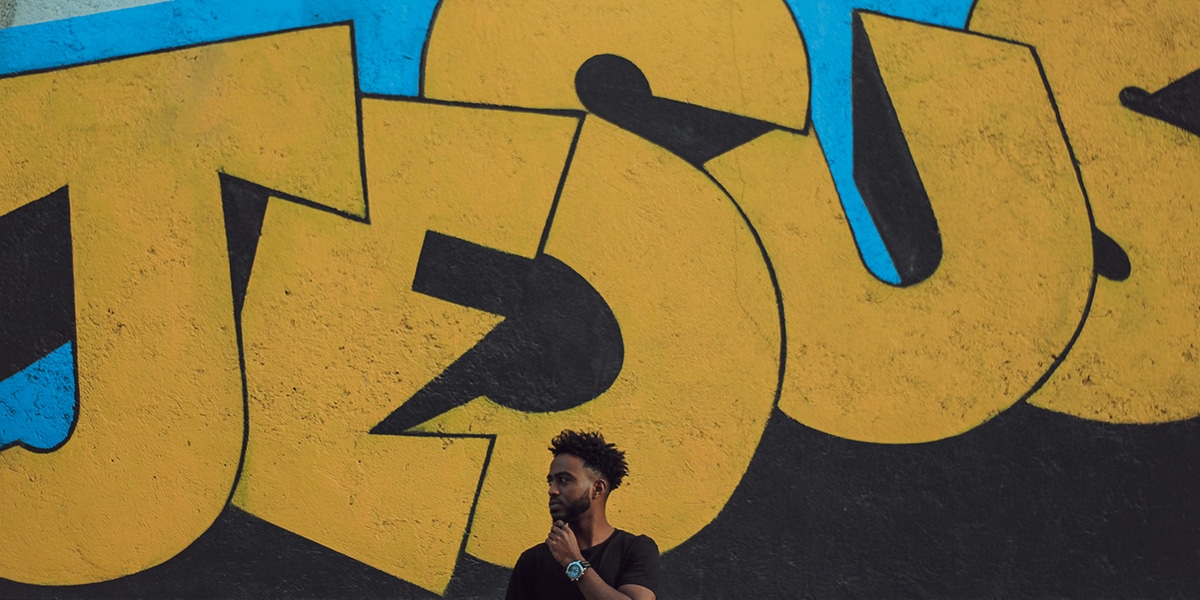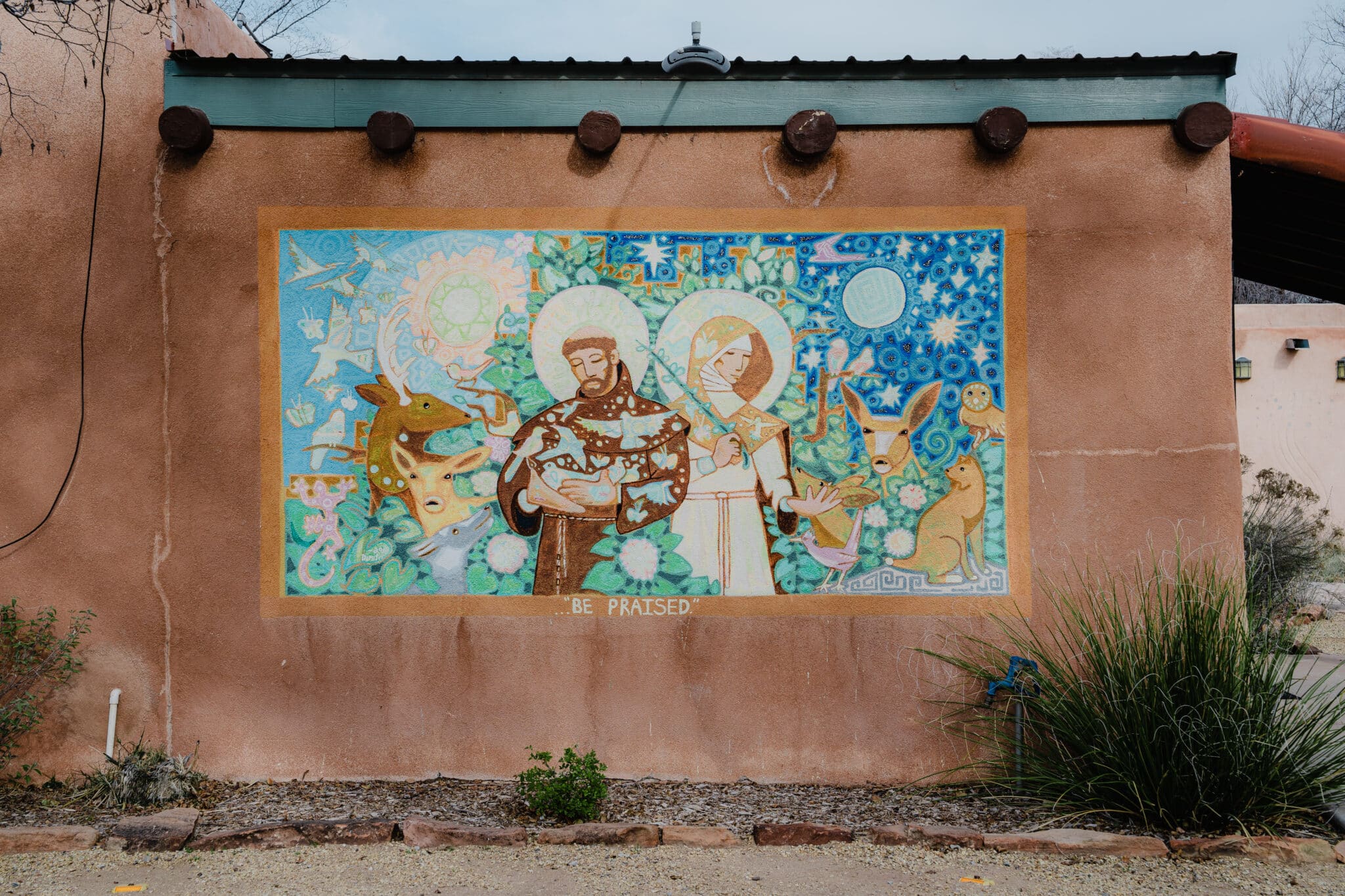“Most High glorious God, enlighten the darkness of my heart.
Give me right faith, sure hope and perfect charity.
Fill me with understanding and knowledge that I may fulfill your command.”
I have often reflected on this prayer, which—as Franciscan scholars attest—is indeed a prayer composed by St. Francis himself. And each time I pray it, I am more and more convinced that it reveals the authentic heart of St. Francis.
Francis’ prayer does not start with “Woe is me” or some dark misery of the soul. Rather it begins focused on the glory and sublime beauty of God.
By just praying the words in a spirit of praise, our hearts grow lighter and we feel swept up into the glorious presence of God! The prayer starts with words of praise! Praise has a way of lifting us out of our self-absorption and anxiety. Praise and thanksgiving help enlighten the darkness of my heart.
For some reason, I’m pleased that Francis uses the word heart, rather than mind, when he prays: “Enlighten the darkness of my heart.” The word mind takes us too much into our heads. And that is not the real St. Francis.
Heart is very much St. Francis. Heart suggests the complexities of human love and the mystery of one’s innermost longing—with all its related joys and sorrows.
The heart of Francis was very much attuned to the full mystery of God’s overflowing love. Once, while praying in a solitary place, Francis had a vision of Christ looking at him from the cross with such burning love that “his soul melted,” according to his biographer, St. Bonaventure (1221-1274). We can only believe that, after this soul-melting event, every time Francis prayed before a crucifix, he would re-experience a similar outpouring of God’s incredible love.
Right Faith, Sure Hope, Perfect Charity
When Francis says “right faith,” this somehow evokes this same heart-transforming vision of God’s overflowing love, a love whereby God holds nothing back from us! That’s the kind of right faith that Francis—as well as you and I—are pleading for in this prayer. And does not this right faith—which is the glorious core of God’s total self-giving and self-revelation—enlighten the darkness of our hearts?
We pray with Francis for the “sure hope” that flows from “right faith.” And where does this “sure hope” reveal itself to us more fully than in the Resurrection of Jesus?
The disciples literally witnessed sure hope, when the risen Christ appeared to them on that first Easter Sunday. Consider especially the Apostle Thomas in this regard. The risen Jesus so illumined this Apostle’s doubt-darkened heart on that day that Thomas, in adoration, proclaimed without hesitation: “My Lord and my God!”
Just as Francis sees Jesus on the cross handing himself over to Francis and to the whole human family with a total, perfect love, so Francis asks that he may receive the same kind of “perfect charity.” This will enable Francis to respond to God’s love with the same kind of total generosity. Francis asks further for Christ to “fill me with understanding and knowledge that I may fulfill your command.” This “command” is really God’s glorious plan that all God’s children persevere in the love of Christ and some day rise with Christ into God’s loving embrace.
Reflecting on the San Damiano Cross
Early Franciscan documents of the 13th century indicate that the crucifix before which Francis was praying (in this prayer) was none other than the famous crucifix hanging in the little chapel of San Damiano, near Assisi. This beloved crucifix, familiar to followers of Francis worldwide, is known as the San Damiano Crucifix. It is a great aid for meditation.
If you look closely at the body of Christ, as painted on this cross, you will see that it is neither a bloody body nor one twisted in anguish. Rather his body is quite luminous, as if it were already his risen body, radiating the fullness of God. Instead of a crown of thorns, moreover, Christ’s head is surrounded by a glorious halo. And his body with outstretched arms appears to be ascending to heaven. In short, the image clearly suggests that it represents Jesus rising into glory.
If, indeed, this was the image of Christ which St. Francis was pondering as this prayer arose in his heart, it makes perfectly good sense that Francis would address Jesus as “Most high glorious God!” For all signs of glory are there.
O glorious God of overflowing love, enlighten the darkness of our hearts!








